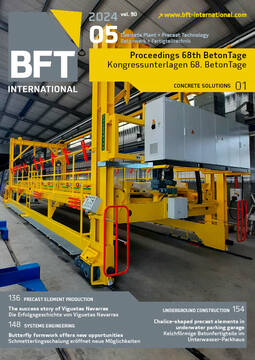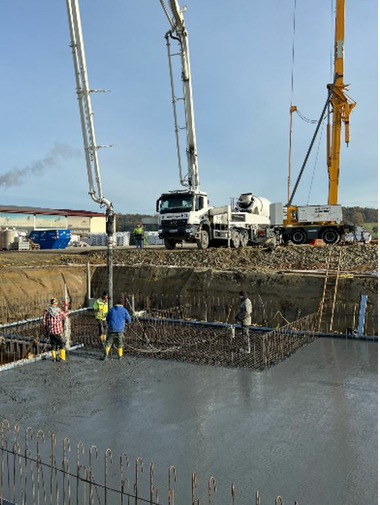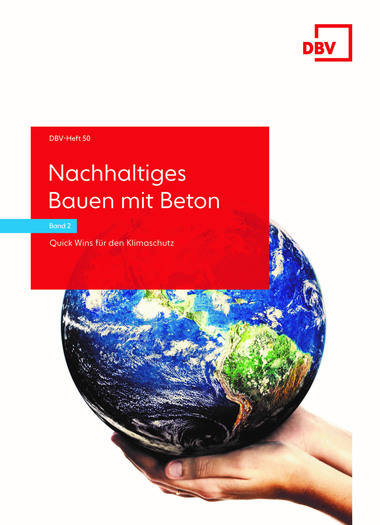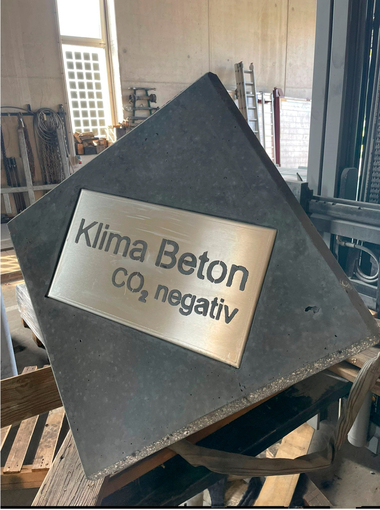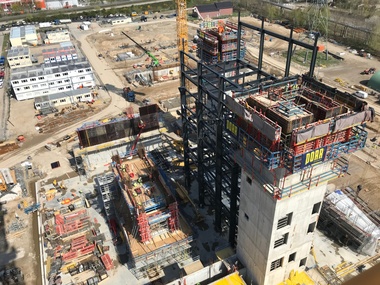Transformation of the steel industry and effects on the availability of slag-based building materials
The steel industry has long been making a significant contribution to climate and resource protection with its by-products. In Germany alone, 12 mio. tons of slag-based by-products are produced every year, which are successfully and sustainably used as a high-quality building material in the cement industry and in transportation infrastructure projects, as well as a fertilizer in agriculture. In Germany alone, the use of these products has replaced the extraction of more than one billion tons of natural rock in recent decades. In the same period, it was predominantly the addition of granulated blast furnace slag to cement that prevented more than 220 mio. t of CO2 from being emitted into the atmosphere.
Like other energy-intensive sectors, the steel industry is faced with the challenge of decarbonizing its production processes to meet the European targets of bringing down CO2 emissions almost completely by 2050. In this context, the current integrated route of steel production – in which pig iron produced by carbon-based iron ore reduction is refined to steel in a converter in a two-stage process – will be replaced by new production processes. Essentially, this involves the reduction of iron ore (Fe2O3) with the aid of hydrogen
and the subsequent processing of this directly reduced iron ore into steel. The co-product of this reaction is water and not carbon dioxide, as was previously the case.
The two new routes of ore-based, decarbonized steel production produce slags that are the subject of major research projects coordinated by the FEhS Institute. The aim is to develop this slag into a material similar to granulated blast furnace slag that the cement industry can use in a resource- and climate-friendly manner. The initial results of these projects are promising. In addition to research, it is also a matter of pragmatically adapting codes and standards to enable the use of these new slags. Corresponding proposals are currently being discussed with standard-setting institutions. The overarching aim is to ensure that climate protection and resource conservation through by-products from the steel industry continue to be sustainable in a transformed (industrial) society.


